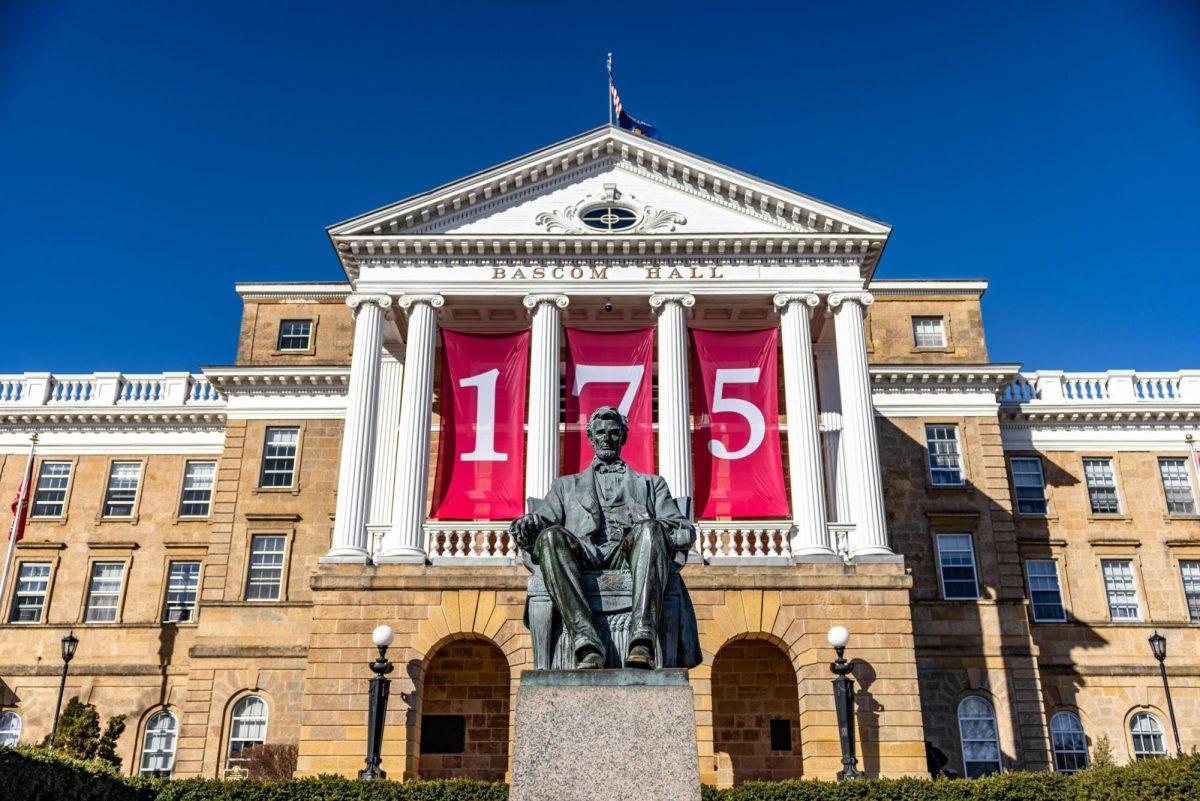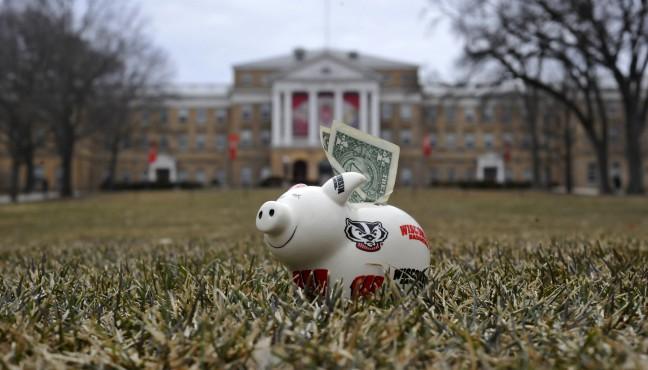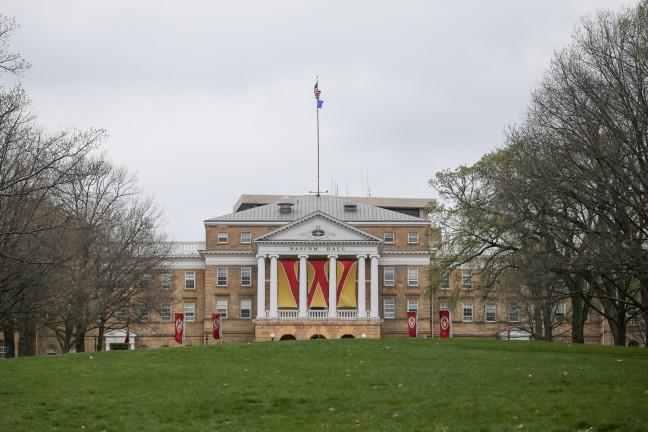The University of Wisconsin-Milwaukee is closer to making campus expansion a reality after the state Assembly approved funding for new building projects Tuesday night.
Senator Jeffrey Plale, D-South Milwaukee, was one of the creators the bill, which will lend the university $125 million for the redevelopment of Columbia-St. Mary’s Hospital near campus, a new School of Freshwater Science and the Kenwood Research Complex.
The final step before the plans are official is a seal of approval from Gov. Jim Doyle.
UW-Milwaukee spokesperson Tom Luljak said Doyle has been supportive of the building projects listed under the university’s campus master plan but did not want to speak to the governor’s choice on the bill.
The Kenwood Research Complex comes with a price tag of approximately $75 million dollars and will include classroom and research space, according to Luljak.
The campus will also be the home to the new School of Freshwater Science, marked at $50 million dollars. Of the $50 million, $20 million will be used to build a new Neeskay Research Vessel, which will be a floating laboratory that replaces a currently existing model.
UW-Milwaukee was also given the go ahead to obtain and redevelop 10 acres of space Columbia-St. Mary’s Hospital will vacate by the end of the year. Some of the buildings UW-Milwaukee will renovate are more than 100 years old, according to Luljak.
Luljak said the projects address a long-standing need on campus for research space.
He stressed UW-Milwaukee has already made strides in research with not only other research universities in the state, but around the country. However, he added these new facilities will enhance the research UW-Milwaukee already does.
“It is very exciting because it really will provide a significant increase in our capacity to create knowledge which ultimately benefit the state of Wisconsin,” Luljak said.
Luljak said this is the culmination of long term discussions in the university regarding how to best equip UW-Milwaukee for research.
He traced the history of UW-Milwaukee growing from the commuter school it was in the past to the research facility it is now.
“Frankly, UW-Milwaukee is due,” Plale said.
He said once the governor signs off on the bill, the engineering and architecture of the projects can begin.
Not only will the building projects be beneficial for the university, it would be good for short and long term economic development for the Milwaukee community, Plale said. While the immediate benefits of the buildings would be evident, he estimated 3,000 jobs would be generated and sustained from these building projects.
According to Plale, this will indirectly benefit local businesses as well.
While he could not think of any outstanding opposition from the bill, he said some were not happy with so much money going to one campus.
“I think maybe among some of the other campuses there was a little heartburn,” Plale said.












